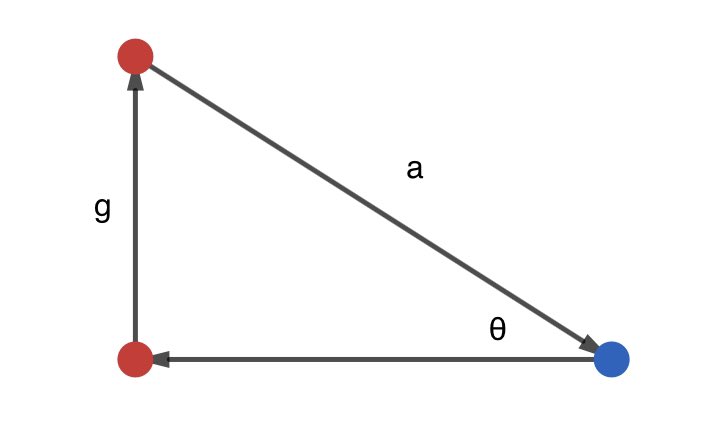My new frivolous crusade: Stop calling it a love triangle when it’s all straight people! The attraction web cannot geometrically create a triangle! At best, it’s a love angle.
Groups of straight people may only create closed polygonal attraction webs of n sides where n is an even number.
“Is she...y’know...able to create love polygons whose interior angles don’t sum to a number evenly divisible by 360?”
My sexuality is that I’m always attracted to the person who will produce a closed attraction web. Unfortunately, this means I am, by definition, literally never attracted to the person attracted to me.
Unless, of course, this is being modeled on a non-planar surface. On a spherical surface, I’m attracted to literally everyone attracted to me.
Me, looking at a group of 12 straight people, each of whom experiences unrequited love for a unique member of the group, leaving no one happy: Yes. Beautiful. Everything in its place.
A polycule is just a love polygon with all the diagonals drawn in.
As we all know, the three similarity criteria for triangles are AA, SAS, and SSS.
However, when determining similarity of love triangles with vertices of sufficient thiccness, the rarer ASS criteria may be used.
However, when determining similarity of love triangles with vertices of sufficient thiccness, the rarer ASS criteria may be used.
Consider an n-sided regular polygonal attraction web. As n approaches infinity, the resulting polygon becomes a circle.
The love circle is, of course, purely theoretical and only useful in predictive modeling of dating apps.
The love circle is, of course, purely theoretical and only useful in predictive modeling of dating apps.

 Read on Twitter
Read on Twitter


